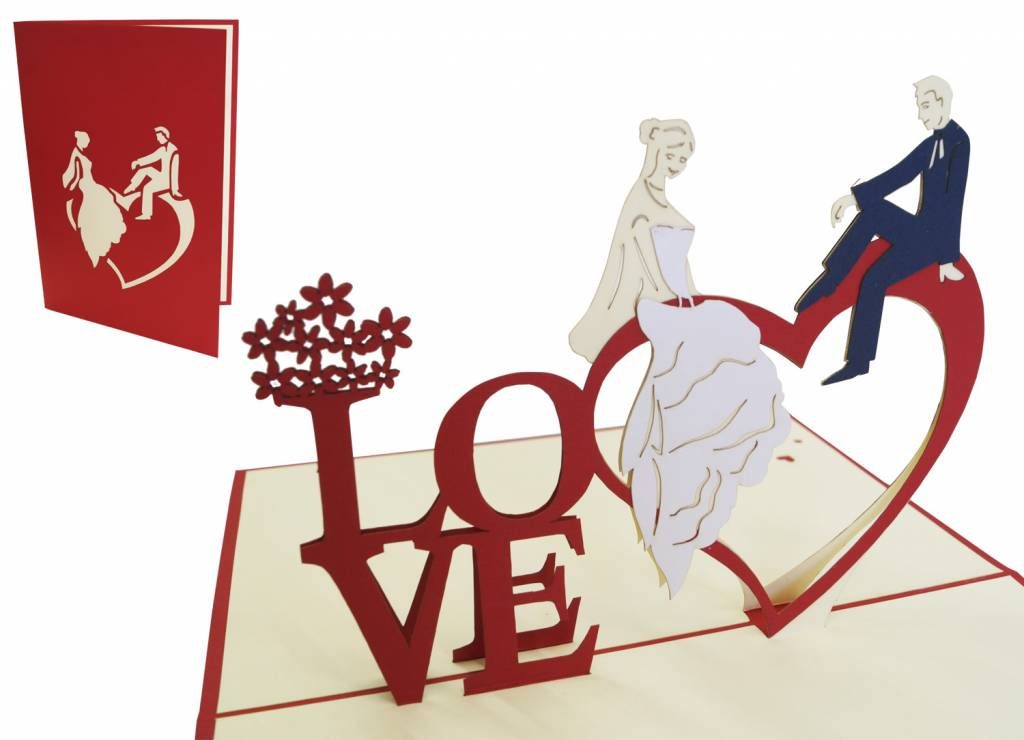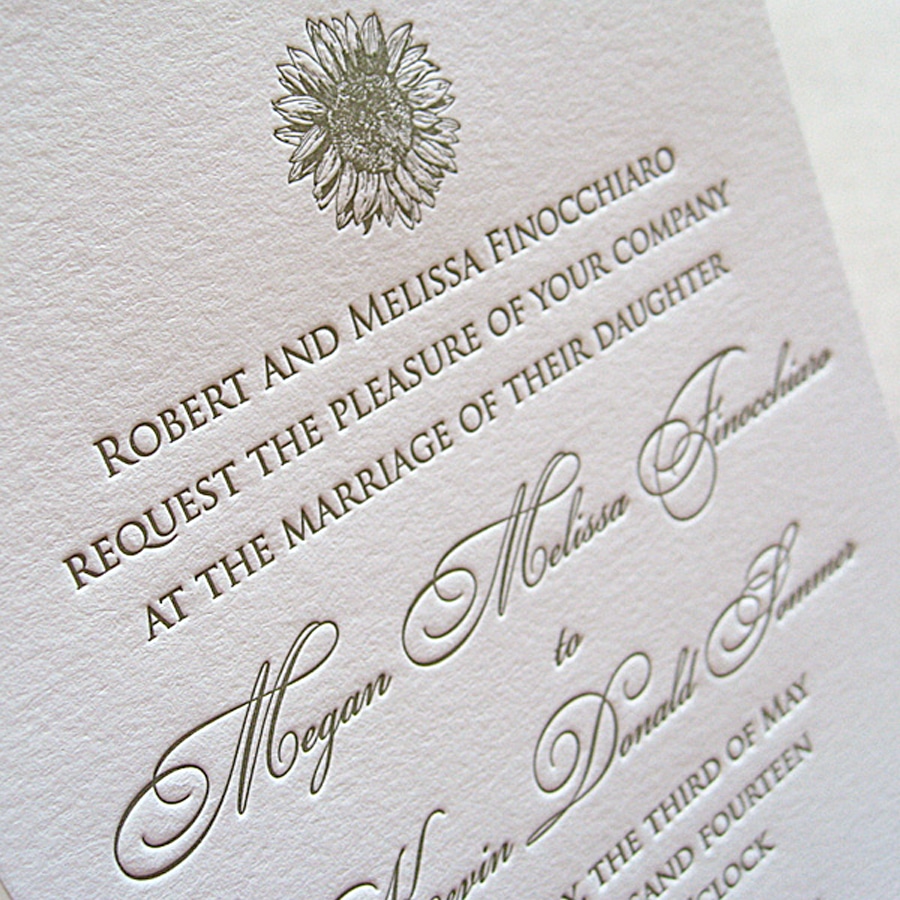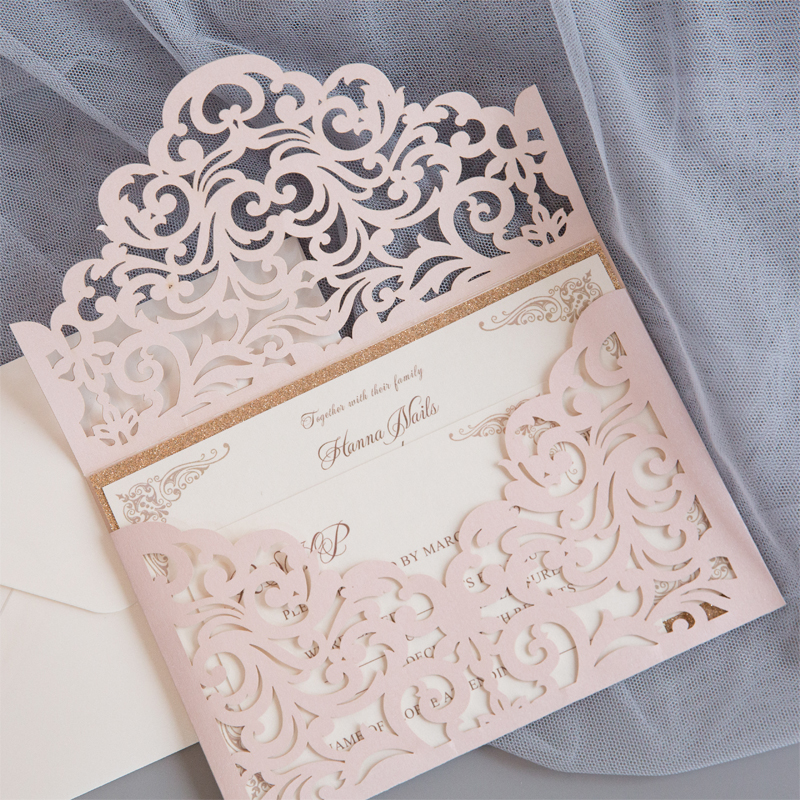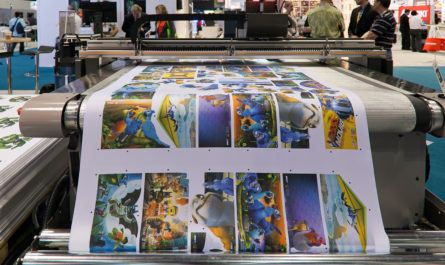
When designing your wedding invitations, it is important to remember that the type of ink and printing style you use can be an effective part of the artists in your invitations. Here are some of the most common types of printing you encounter when browsing your stationery.
1.Digital (also known as flat)
Digital printing is currently the most common, cost-effective and easiest printing method available. It’s quite similar to the laser printer you have at work, except that most industrial digital printers would take up the entire desktop! Digital Wedding Card printers have come a long way and can produce a fairly wide range of rich colors.

A digital printer is fast, smooth and economical, which is why digital printing is the most common way to produce invitations. Cards can cost as little as ₹ 10 each when ordering in bulk. In addition, you can upgrade with a large number of specialty papers that are digital ink friendly.
1.b Digital White
Digital printing has made great progress in recent years. Now specialized digital printers can offer white ink and color in color on colored paper. Digital white usually costs a few cents more than regular digital printing, but created a beautiful effect! By printing white ink and then printing color on top, you can also get a rich print job at a relatively economical price.
2.b Digital Foil
Over the past year, a new digital printing method has gained popularity: digital foil! This is a type of printing that uses heat to attach the foil to paper. It has become popular as a cheaper alternative to true stamped foil. Unlike stamped foil (below), the digital foil is completely flat and the details are not as sharp.
2. Letter Press
Letterpress printing calls back to the first printing presses: it uses metal plates to print the ink on the paper. The process leaves an impression behind, which gives everything printed with letterpress an amazing texture. In addition, letterpress printing requires a thick, flexible paper that adds a tactile element to the invitation. Cotton paper is the main choice among letterpresses. It is softer than pulp paper (“typical” paper) and as a result, it almost feels … friendlier.

Each metal plate is designed for only one ink at a time, which means that the cards basically have to be printed once for each color. Of course, because each card requires a new custom metal plate, and since each card must be inserted into the letterpress machine, cards printed in this way can go around ₹80 -110 extra per color. Many couples and designers think the cost is worth it for the character it adds but usually limits the colors to one or two.
Using a technique called overpressure, you can make your colors go further. For example, you can pay for blue and pink, but also include purple in the areas where the ink overlaps.
You can also combine plate and letter print to create something with more color variation that still fits into your budget.
3. Foil Stamping
Foil is a great way to add a little pizazz to an invitation! Foil adds class and illuminates the design. It captures light in a way that ink does not. Colors become more widely available, and now you can order foil in almost any color on the rainbow.
Foil is usually applied in the same way as letterpress, with a metal plate to press the foil into the paper with an adhesive. The upload is a bit more than letterpress, with about ₹ 35 extra per piece.
4. Spot Color (Offset Printing)
Spot color is printed as digital print, but the similarities end there. Digital prints have four primary colors: magenta, cyan, yellow and black. This gives the digital print a pretty good color range, but there are some colors that it just can’t reproduce. Colors that are extremely vibrant, neon or ultra-rich are far out of its range. This is where spot color printing shines.
Since spot color begins with 12 primary colors, it can create almost any color you can imagine. But don’t go crazy. Like letterpress, each color requires a new plate and another runs through the printer. If you do not order quantities in thousands, expect to add about ₹ 55 to your cost per piece.5
5. Laser Cut

If you really want to make a good impression, you can get your laser cut invitations. This technique does not use ink but instead cuts the paper to create the design and words. The intricate laser-cut looks like lace and makes a great first impression!
For laser cutting, the price depends on how long it takes each piece to cut. So, the more complex the design, the more it will cost.
What is the response time?
Digital printing is by far the fastest! You can usually get an immediate quote and have your order printed-on-demand in one or two days. If you are on a tight timeline, digital is the way to go.
For the other methods, printing may take weeks, so if you want a premium printing method, be sure to plan ahead. For some, such as laser cutting, you will have to do the design before you can put a price on it.
